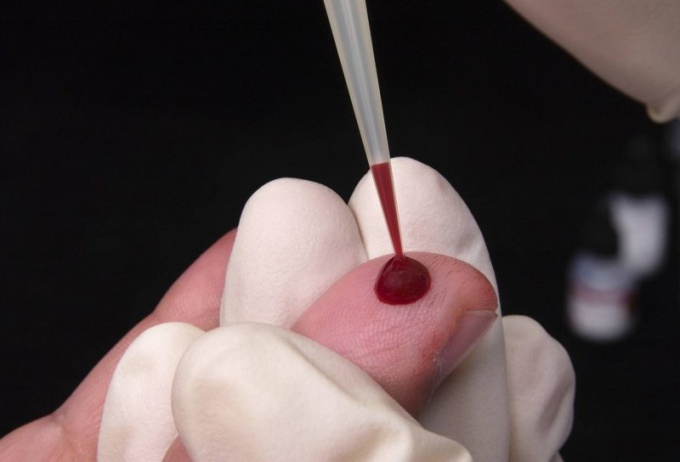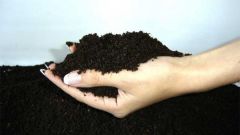In blood there is a proteincalled hemoglobin. It contains iron and is found in red blood cells - erythrocytes. This is a necessary condition for transport of oxygen to the body cells and, therefore, maintain life. It is the red blood cells gives blood a red color. Outside of erythrocytes is hemoglobin able to bind oxygen only under the influence of enzymes. Hemoglobin helps carry oxygen from the lungs to the various organs and tissues. The difference in the color of blood is a consequence of different contents of oxygen in its cells.One of the types of vessels are arteries. They carry blood from the lungs and heart to other organs and tissues of the body. This blood is saturated with oxygen, which in turn combines with hemoglobin that gives the blood a bright red color. Arterial blood distributed through capillaries and small blood vessels with thin walls that carry oxygen and nutrients to all other klinkum of the body.Product exchange, which is produced by cells is carbon dioxide. It enters the blood through the capillary walls. From the capillaries that the carbon dioxide rich blood flows into the veins, which is another type of blood vessels. Through the veins the blood goes to the lungs and heart. Dark red, almost maroon color of blood is due to the fact that it lacks oxygen. In addition, the red blood cells decrease in size and lose their rich bright color. When the blood reaches the lungs, carbon dioxide penetrates into them. At this point in the brain receives the signal that has accumulated in the lungs carbon dioxide, the brain gives the command to breathe out, and all carbon dioxide emitted into the air. After that, the person making the breath, the blood is re-oxygenated, and the process starts again.
Why is the blood dark
The bloodthat flows through arteries and veins, contains a large number of different cells that perform specific functions and are responsible for its color. The blood may be dark red or have a lighter shade. All this is due to several reasons.

Is the advice useful?




